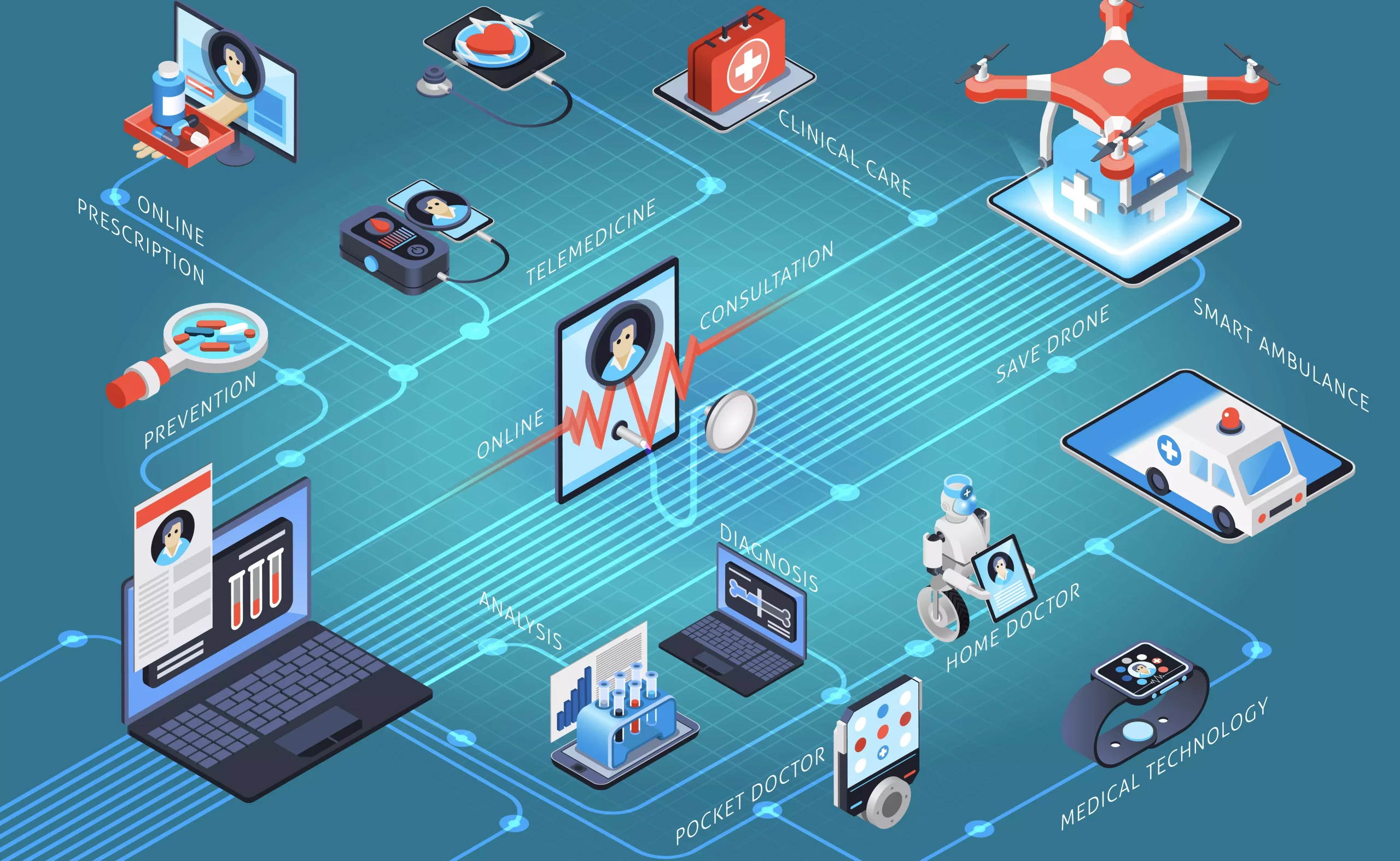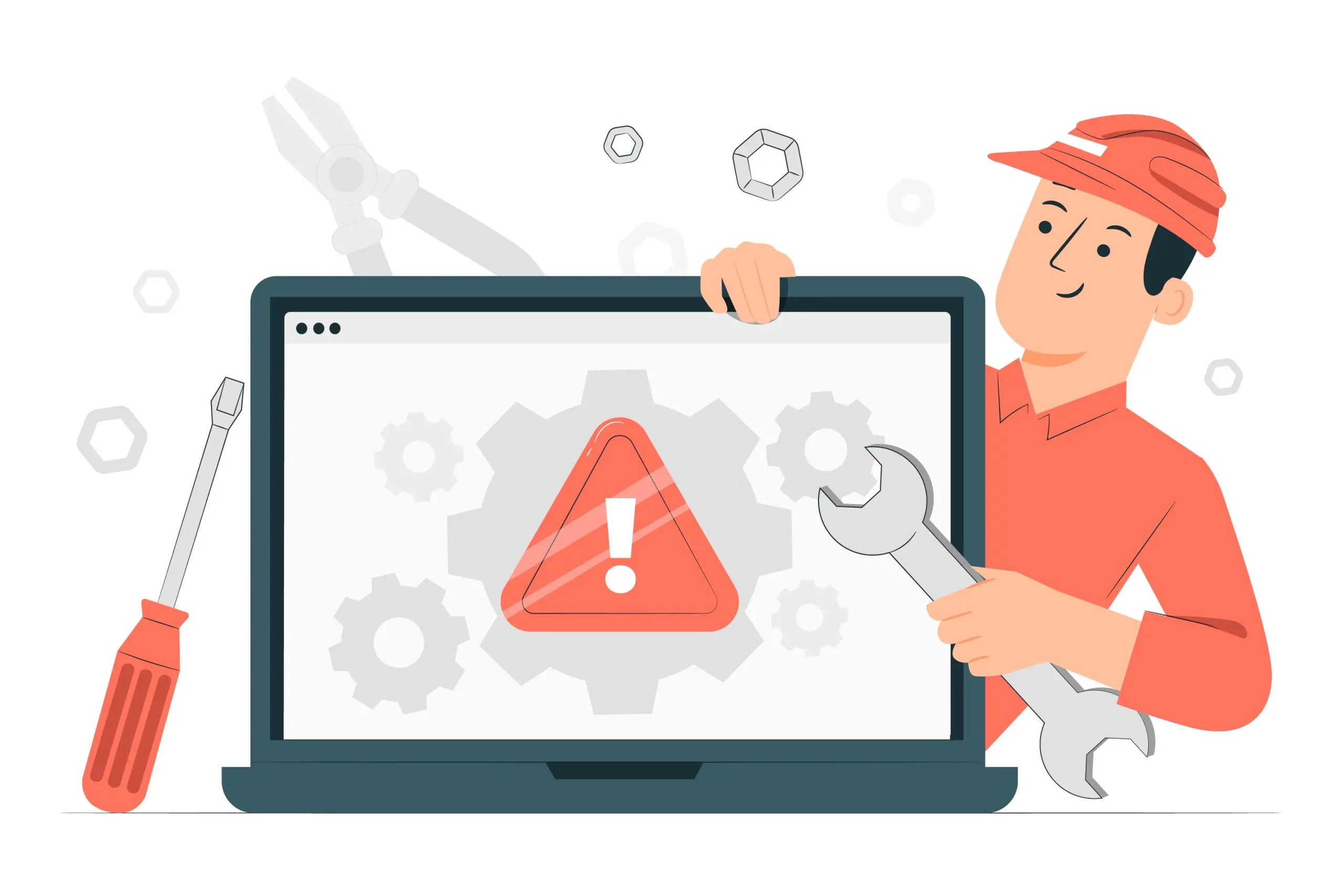
(1) What is IoT technology?
IoT technology (Internet of Things, IoT) refers to a network technology that connects any object to the Internet through information sensing devices (such as RFID, sensors, GPS, etc.) according to agreed communication protocols to exchange information and communicate, so as to achieve intelligent identification, positioning, tracking, monitoring and management.
(2) What benefits does IoT technology bring to the medical environment?
The deep integration of IoT technology and engineering technology has brought revolutionary changes to the biomedical field and significantly improved the quality and efficiency of medical services. This integration not only optimizes the clinical diagnosis and treatment process, but also improves the quality and efficiency of medical services in multiple dimensions: through the interconnection of intelligent medical equipment, the diagnosis and treatment process is accurate and instant; with the help of automated data analysis, the medical operation cost is significantly reduced; at the same time, this technology integration has also greatly improved the patient’s medical experience, especially in long-term medical scenarios such as chronic disease management.
(3) Application of IoT technology in patient monitoring system
One of the most important applications of IoT in the field of healthcare is the patient monitoring system. Minimize human error by connecting all vital sign monitoring devices to the decision support system, allowing doctors to provide more accurate and timely diagnoses. The joint application of patient monitoring systems and the Internet of Things enables experts to remotely monitor and track patients in real time based on the convenience of patients at home or in the office, and can take quick action against potential threats to patients’ health to achieve remote monitoring.
The following is the basic implementation process of remote monitoring:
Internet of Things technologies, such as WIFI, SIM cards, etc., collect physiological parameters in real time through smart terminal devices, and aggregate various medical data to the cloud platform through a secure and reliable transmission protocol. Then, through advanced data mining and machine learning algorithms, the raw data is converted into decision support information with clinical value, and finally provides scientific and accurate diagnosis and treatment basis for medical staff.
In general, the application architecture of patient monitoring systems includes wearable sensors, wireless communication networks, and cloud computing platforms.
1) The sensor sends data to the microcontroller, which then analyzes the data. By utilizing the sensitivity of these sensors, physiological data can be collected with high accuracy, so that vital signs can be continuously and non-invasively monitored. There are many types of sensors used to detect patients’ vital signs and physiological conditions. Examples of these physiological parameters include heart rate, body temperature, electrocardiogram (ECG), electrocardiogram (EGG), blood oxygen saturation level (SpO2), blood pressure, etc.
2) Wireless network technology controls data transmission and connects patient devices and sensors to remote sites. For example: WiFi, Bluetooth, 3G/4G and other communication methods are used to transmit patient signals, and by using efficient and reliable cloud computing platform systems, data can be transmitted to medical staff systems.
(4) Products that Jerry has implemented IoT technology
JR2000B, 8-inch patient monitor, https://sxjerrymed.com/jr2000b/
JR2000D, 12-inch patient monitor, https://sxjerrymed.com/jr2000d/
More information, please contact our team.








